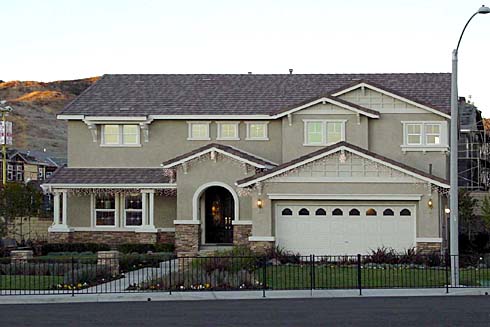TENANT FIXTURES
Enhancing Leased Spaces: A Guide to Tenant Fixtures in Real Estate
Defining Tenant Fixtures
Tenant Fixtures refer to improvements or additions made by a lessee (tenant) to a leased property. These can include various enhancements such as built-in shelves, lighting fixtures, custom cabinets, or any other installations that contribute to the functionality or aesthetics of the space. What distinguishes fixtures as 'Tenant Fixtures' is the legal right granted to the tenant to remove them at the end of the lease term.
Legal Basis for Removal
The ability of a tenant to remove fixtures is typically outlined in the lease agreement. Both parties may negotiate and specify which alterations and additions are considered Tenant Fixtures and can be taken by the tenant upon lease expiration. Additionally, certain legal principles may apply, allowing tenants to remove fixtures even in the absence of explicit contractual terms.
Key Considerations for Tenant Fixtures
1. Negotiating Lease Terms:
Clear communication during lease negotiations is crucial. Both parties should discuss and document which alterations will be considered Tenant Fixtures and whether any restoration requirements are attached.
2. Written Agreements:
It is advisable to have written agreements detailing the specifics of Tenant Fixtures. This helps avoid misunderstandings and provides a reference point in case of disputes.
3. Restoration Obligations:
Lease agreements may include provisions requiring the tenant to restore the property to its original condition upon lease termination, especially if the fixtures significantly alter the space.
4. Legal Principles:
In the absence of specific lease provisions, legal principles such as the 'doctrine of waste' may come into play, allowing tenants to remove fixtures they installed, provided it doesn't cause substantial harm to the property.
4. Legal Principles:
In the absence of specific lease provisions, legal principles such as the 'doctrine of waste' may come into play, allowing tenants to remove fixtures they installed, provided it doesn't cause substantial harm to the property.
Benefits of Tenant Fixtures
1. Personalization:
Tenant Fixtures allow occupants to customize their spaces, creating an environment that aligns with their preferences and business needs.
2. Investment in Improvements:
Tenants may feel more inclined to invest in improvements if they have the assurance that they can take these enhancements with them when they leave.
3. Flexibility:
The flexibility to remove fixtures provides tenants with the opportunity to adapt their leased spaces to changing requirements without the fear of leaving valuable additions behind.
Challenges and Considerations
1. Restoration Costs:
Tenants should be aware of potential restoration costs associated with removing fixtures and returning the property to its original state.
2. Landlord Approval:
Some leases may require landlords' approval before making alterations or additions. It's important for tenants to follow the agreed-upon procedures.
Conclusion
Tenant Fixtures add a layer of personalization and functionality to leased spaces, allowing tenants to make their mark on the property. By negotiating clear terms in the lease agreement and understanding the legal principles at play, both landlords and tenants can foster a collaborative leasing environment that accommodates improvements while protecting the interests of all parties involved. The careful consideration of Tenant Fixtures enhances the leasing experience, creating spaces that reflect the unique needs and preferences of occupants.
MORE REAL ESTATE TERMS
A, B, C, D, E, F, G, H, I, J, K, L, M, N, O, P, Q, R, S, T, U, V, W, X, Y, Z
Featured New Home

Featured Mortgage Brokers
- DITECH MORTGAGE CORP, FORT WASHINGTON, PA
1100 VIRGINIA DR STE 100
FORT WASHINGTON, PA 19034 - ACADEMY MORTGAGE CORPORATION, CHICO, CA
1600 MANGROVE AVE STE 100
CHICO, CA 95926 - Blue Square Mortgage LLC, mortgage broker in Seattle, WA
4212 33rd Ave W
Seattle, WA 98199 - PRIMELENDING A PLAINSCAPITAL COMPANY, HIBBING, MN
2900 E BELTLINE STE 5
HIBBING, MN 55746 - MOVEMENT MORTGAGE LLC, GASTONIA, NC
1000 S NEW HOPE RD
GASTONIA, NC 28054